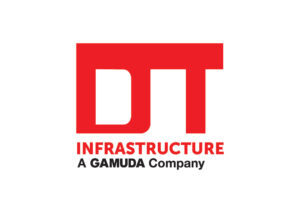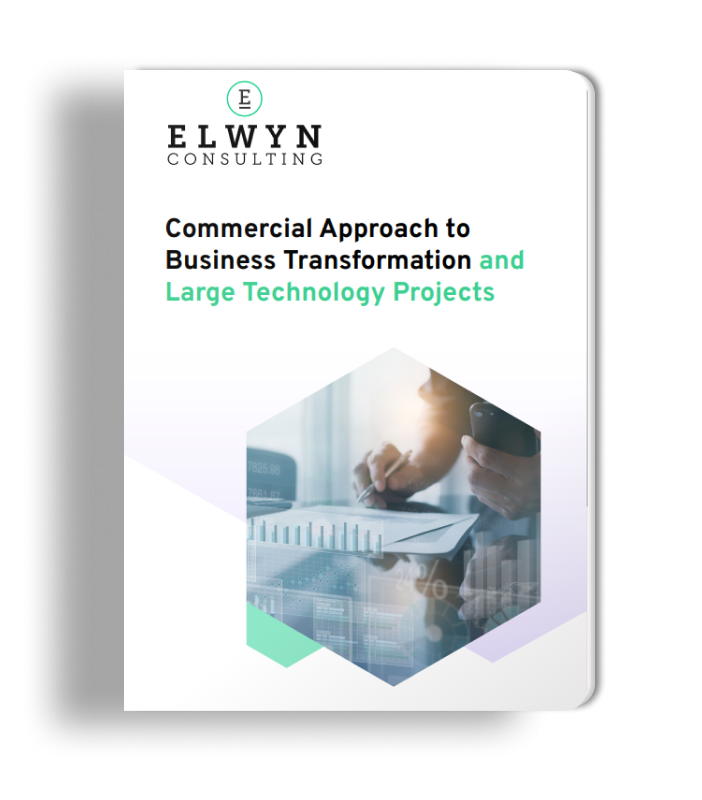In today’s data-driven world, businesses rely on data to make informed decisions, gain a competitive edge, and serve their customers better. Data migration is the process of moving data from one location, format, or application to another, and it’s a critical undertaking for any organisation when it is required as part of a broader project and initiative.
Gartner states that 83% of all data migration works streams fail and that more than 50% of migrations exceed their budget*. That’s a high failure rate, and the results of this often lead to companies exceeding both their project and data work stream.
As a company specialising in data migration, we know how important it is to be on top of your data migration project. This blog post will discuss the requirements and approach to being on top of your data migration activities.
What is needed to be on top of your data migration?
Many benefits come from being in control and understanding where you are at with your data migration. A well-planned and thought-through strategy is the ideal reference point for being on top of the data migration. It should be updated progressively as the activities progress with improvements in the process and repetition.
This links back to our previous blog post, ‘Why you need a data migration strategy and framework’, and the associated key principles of a good data migration strategy include:
- A clearly articulated outcome that is auditable, transparent, and repeatable.
- A well-thought-out plan of how available tools and resources will be maximised during the data migration process.
- A defined approach for each data object that is expressed in a business context.
- An understanding of how migrated data can be executed post-cutover.
Allowing for these outputs and gaining the necessary understanding will let you know what to look for and what to ask when executing the data migration activities.
How to approach getting on top of your migration.
A top tip for understanding where the data migration activities and workstream are at is to have a clear scope of the data objects that have helped shape the plan and are understood in a business context. This ensures that all parties involved are aligned with what happens throughout the course of the activities and what the end outcome looks like.
Understanding the business context is also a key input when approaching data migration. You need knowledge around the factors impacting the business from various perspectives, and this includes how decisions are made and what the business is ultimately trying to achieve. The business context is used to identify key implications for the data strategies and associated activities, focusing on the prioritised items and guiding any technical activities needed. (Not the other way around).
Keep it simple.
The most important aspect when getting on top of your data migration is to keep the focus simple. Going back to the approach, having a clear scope of work and properly understanding the business context allows you to assess a proposed project. There is no point in complicating plans and processes if things can be executed without risk.
The assessment of data migration should be a pragmatic approach to understanding the current state and where it needs to be. Often, companies end up over-complicating a data migration work stream by doing something they don’t necessarily need. Keep in mind you can simplify your path to success!
Business Orientation
When dealing with a data migration stream, you want to make sure that the activities are business-owned and business-led. Why is this?
As the business grows and its organisational purpose is at the core of everything they do and it uses data as the compass to guide decision-making and deliver wider stakeholder value. Hence, the importance of getting your data migration accurate.
As you work through the data activities, you should be transparent with the business owner and easily articulate where the project is at and the key items at risk. This is also important for you to track progress and know where you are at during the project.
Did you find this piece to be of interest to you? If so, please share it with your friends and colleagues!
References
* Colella, D. (2017) 83% of data migrations fail or exceed their budgets and schedules, LinkedIn. Available at: https://www.linkedin.com/pulse/83-data-migrations-fail-exceed-budgets-schedules-david-colella (Accessed: 25 August 2023).






